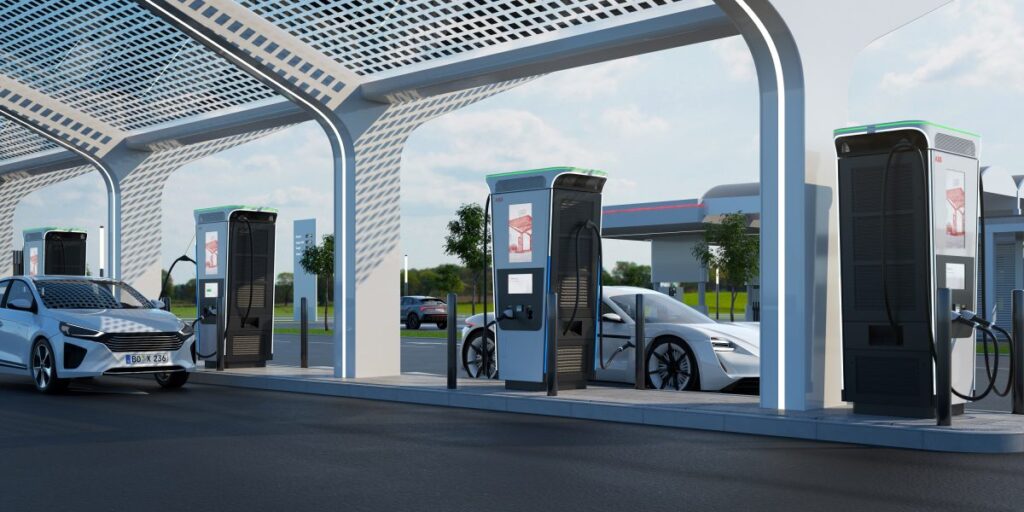Demand generation definition refers to the comprehensive, long-term marketing strategy that focuses on creating awareness, interest, and engagement in a company’s products or services. It is not just a tactic but a holistic approach that builds a healthy sales pipeline by attracting the right audience, nurturing leads through the buyer journey, and converting them into loyal customers. Unlike direct selling or cold outreach, demand generation focuses on providing value first—offering education, insights, and solutions to problems before pushing for a sale. This strategy encompasses everything from brand messaging and content creation to automation, analytics, and performance tracking. The demand generation definition also highlights the importance of trust and credibility; prospects are more likely to engage with brands that inform and support them throughout the decision-making process. It’s an evolving discipline that adapts to changes in consumer behavior, technology, and market trends to ensure consistent demand for your offerings.
Importance of Demand Generation in Modern Marketing
In the current digital-first world, where buyers conduct extensive research before making purchasing decisions, the importance of demand generation has skyrocketed. Modern consumers are no longer swayed by traditional outbound tactics such as cold emails or banner ads; instead, they prefer brands that educate, empower, and solve their challenges. The demand generation definition becomes crucial here, as it provides a framework for attracting prospects without relying on aggressive sales pitches. Businesses that prioritize demand generation are better equipped to build brand equity, establish authority in their industry, and foster long-term relationships. This approach also supports a more predictable revenue model by continuously feeding qualified leads into the pipeline. Moreover, demand generation bridges the gap between marketing and sales, creating a shared responsibility for customer acquisition and revenue. In a world where attention spans are short and competition is fierce, a robust demand generation strategy is not just helpful—it’s necessary for survival and growth.
Key Components of Demand Generation
The effectiveness of a demand generation strategy depends on the integration of several key components, each working in concert to drive results. These components include targeted content marketing, search engine optimization (SEO), email campaigns, paid advertising, social media marketing, webinars, lead nurturing, and in-depth analytics. Together, they form a multi-touch ecosystem designed to engage the audience at every stage of the funnel. SEO ensures that content is discoverable, while social media platforms serve as amplification channels. Email campaigns help with personalized follow-ups, and webinars allow for deeper education and engagement. The demand generation definition encourages a cohesive approach where every piece of content and every campaign is mapped to buyer personas and journey stages. Marketers must coordinate across channels and departments to ensure consistency in messaging and timing. This integration is what elevates demand generation from random marketing efforts to a strategic, revenue-driving engine.
Content Strategy and Demand Generation
Content is the foundation upon which all demand generation efforts are built. It is the primary way businesses communicate value, demonstrate expertise, and engage their target audience. An effective content strategy involves creating valuable, relevant, and high-quality assets that resonate with different stages of the buyer’s journey—from awareness to decision-making. This includes blog posts that address industry trends, whitepapers that offer in-depth analysis, eBooks for lead capture, customer testimonials for credibility, and videos or webinars for immersive education. The demand generation definition reinforces the role of content in building relationships; instead of pushing sales, content pulls prospects in by answering their questions and solving their pain points. Content should also be optimized for search engines and shareable on social platforms to maximize visibility. Ultimately, great content creates emotional connections and positions your brand as a trusted advisor in your space—making prospects more likely to engage and convert.
Role of Marketing Automation in Demand Generation
Marketing automation plays a vital role in executing demand generation strategies efficiently and at scale. Automation platforms such as HubSpot, Marketo, Pardot, and ActiveCampaign allow marketers to design sophisticated campaigns that respond to user behavior in real time. They help segment audiences, personalize content, schedule outreach, and measure performance automatically. For example, a lead who downloads a guide can be placed in a nurturing sequence tailored to their interests, receiving a series of educational emails and invitations to webinars. The demand generation definition highlights the importance of relevance and timing, both of which are made possible through automation. These platforms also provide lead scoring capabilities, helping sales teams prioritize high-quality prospects based on engagement levels. Automation ensures no lead falls through the cracks while enabling marketing teams to focus on strategy and optimization rather than manual tasks. It transforms demand generation into a predictable, repeatable process that consistently delivers results.
Lead Generation vs. Demand Generation

Though often confused, lead generation and demand generation serve different purposes in the marketing funnel. Lead generation focuses primarily on collecting contact information through gated content, forms, and landing pages. It is typically a one-step transaction aimed at initiating contact. In contrast, demand generation is a broader, more strategic initiative that aims to build awareness and nurture interest long before a form is filled. Understanding this distinction is critical to applying the demand generation definition effectively. While lead generation is a component of demand generation, the latter includes brand positioning, thought leadership, and educational content that fosters trust over time. By focusing only on lead generation, businesses risk creating a pipeline full of unqualified or disinterested prospects. Demand generation ensures those leads are informed, interested, and more likely to convert. In short, demand generation lays the groundwork for successful lead generation by cultivating a market that is ready and eager to engage.
Aligning Sales and Marketing in Demand Generation
For demand generation to be truly effective, sales and marketing teams must be aligned in goals, processes, and communication. Misalignment can lead to confusion, missed opportunities, and inefficiencies that waste resources. Marketing may generate leads that sales deems unqualified, or sales may overlook leads that marketing has nurtured for weeks. The demand generation definition underscores the importance of shared objectives and collaboration. Sales should provide feedback on lead quality and customer objections, while marketing should use that feedback to refine messaging and targeting. Regular meetings, integrated tools (like CRM and marketing platforms), and mutual accountability can strengthen this relationship. Additionally, establishing a shared definition of what constitutes a sales-qualified lead (SQL) helps both teams focus on outcomes rather than just metrics. When aligned, sales and marketing can co-own the customer journey, ensuring a seamless experience from first touchpoint to closed deal.
Measuring the Success of Demand Generation Campaigns
Effective demand generation relies heavily on measurement and data analysis. Without tracking key performance indicators (KPIs), it’s impossible to understand what’s working and where to improve. Common KPIs include lead conversion rates, marketing qualified leads (MQLs), sales qualified leads (SQLs), customer acquisition cost (CAC), customer lifetime value (CLTV), and return on marketing investment (ROMI). These metrics help assess campaign performance and justify marketing spend. The demand generation definition involves an iterative process—plan, execute, measure, and optimize. Using tools like Google Analytics, CRM dashboards, and marketing automation reports, teams can get real-time insights into customer behavior and campaign impact. A data-driven approach also enables A/B testing of messages, subject lines, landing pages, and more, leading to continuous improvement. Measurement is not just about proving ROI; it’s about learning and adapting to create more effective, personalized experiences that drive conversions and loyalty.
Challenges in Demand Generation
Despite its many benefits, demand generation comes with its share of challenges. One of the most common issues is content fatigue—where prospects are overwhelmed by similar messages from multiple brands. This makes differentiation critical. Additionally, marketers may struggle with targeting the right audience or understanding their pain points well enough to craft compelling content. Privacy regulations like GDPR and CCPA add another layer of complexity, limiting data collection and usage. Technology overload is another challenge; with so many tools available, integration and management can become overwhelming. The demand generation definition can serve as a guiding light during these challenges, reminding teams to focus on providing value and building relationships first. Another common pitfall is the lack of patience—many companies expect instant results, but demand generation requires time and consistency. Educating stakeholders and setting realistic expectations can help overcome this and position demand generation as a long-term investment.
Conclusion: Embracing Demand Generation for Long-Term Success
To wrap up, the demand generation definition encompasses a powerful and future-proof approach to modern marketing. It goes far beyond surface-level tactics and focuses on building authentic, lasting relationships with potential buyers. By combining valuable content, smart automation, cross-functional collaboration, and continuous measurement, businesses can create a sustainable system for growth. Demand generation enables brands to cut through the noise, connect meaningfully with their audience, and convert interest into action. As digital landscapes evolve and competition intensifies, demand generation offers a strategic advantage rooted in empathy, education, and engagement. Businesses that embrace this approach will not only generate more leads—they will create more loyal customers, higher revenue, and stronger brand equity. By understanding and applying the full scope of the demand generation definition, marketers can confidently lead their organizations into a more profitable and customer-centric future.
















